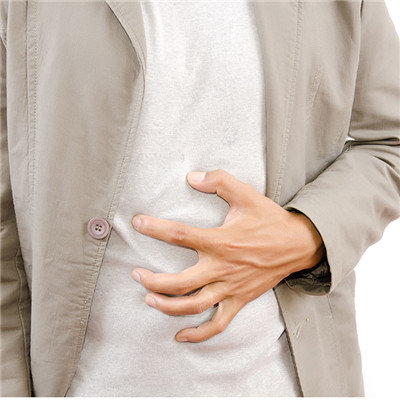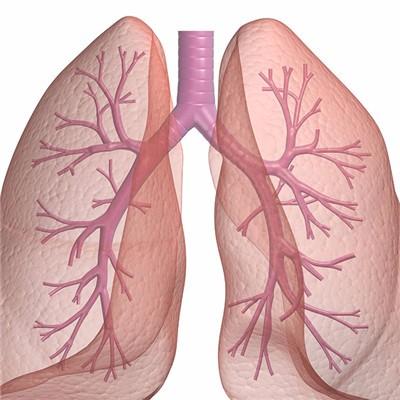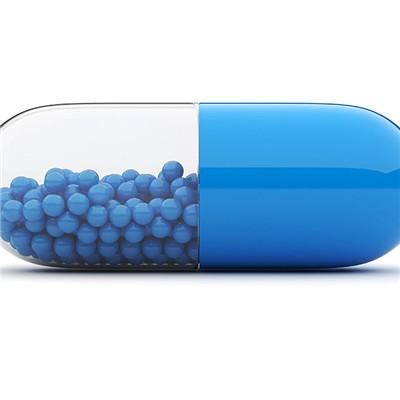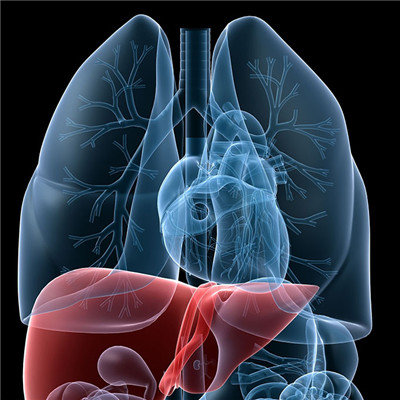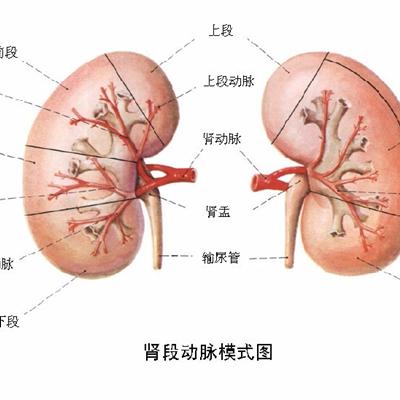Is pulmonary infection blood routine normal?
summary
A lot of clinical experience and lessons are not learned in textbooks. This article mainly talks about some practical skills of blood routine test for pulmonary infection. Today, let me share with you the blood routine of pulmonary infection is normal?.
Is pulmonary infection blood routine normal?
First: Determination of hemoglobin (Hgb) - a common indicator to judge anemia. If HGB is obviously lower than the reference value, doctors will combine other indicators or examinations to judge whether there is anemia and what type of anemia it is, and implement targeted treatment.
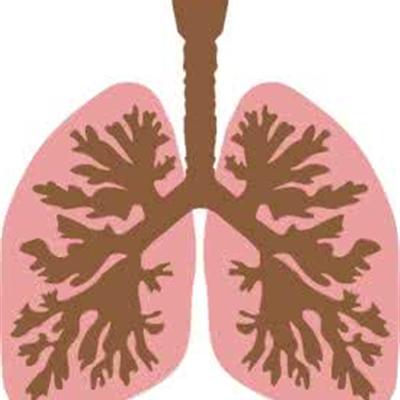
Second: white blood cell count (WBC) and neutrophil ratio (n%) - commonly used indicators to judge bacterial or viral infection. White blood cells include neutrophils, eosinophils, basophils and lymphocytes. White blood cell count in blood routine refers to the total number of white blood cells in the blood, and white blood cell count refers to the number and percentage of various types of white blood cells. Bacterial infection or viral infection can be judged by white blood cell count (WBC) and neutrophil ratio (n%). If there are symptoms of infection, the WBC and N% values increase significantly, it is judged that there may be bacterial infection; If WBC is normal or lower than normal, virus infection may exist.
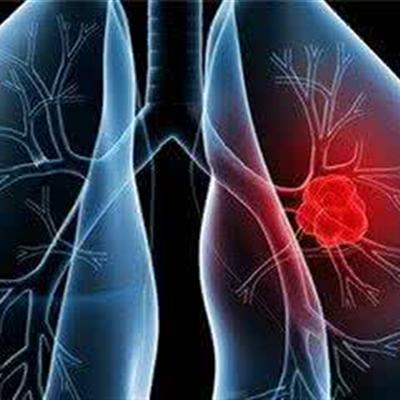
Third: C-reactive protein (CRP) - a common indicator to judge the severity of infection, C-reactive protein (CRP) is considered to be one of the rapid and sensitive markers of acute inflammatory response. The normal reference value of CRP is 0-10mg / L. within a few hours of inflammatory reaction, the concentration of CRP in plasma rises sharply and reaches the peak in 2-3 days. After the recovery of the disease, it gradually decreases and returns to normal. Therefore, it is also regarded as the activity index of infection and other diseases. CRP only indicates the severity of infection to a certain extent, and the specific judgment should be combined with clinical manifestations and other examination indexes. In addition, stress can also lead to the increase of CRP.

matters needing attention
*Peripheral blood (fingertip blood) is generally used for blood routine, and strenuous exercise should be avoided before blood collection* Fever and other symptoms after 24 hours of blood examination, so as to have reference value* Do not take antibiotics before the examination, so as not to affect the blood test results and mislead the diagnosis.
